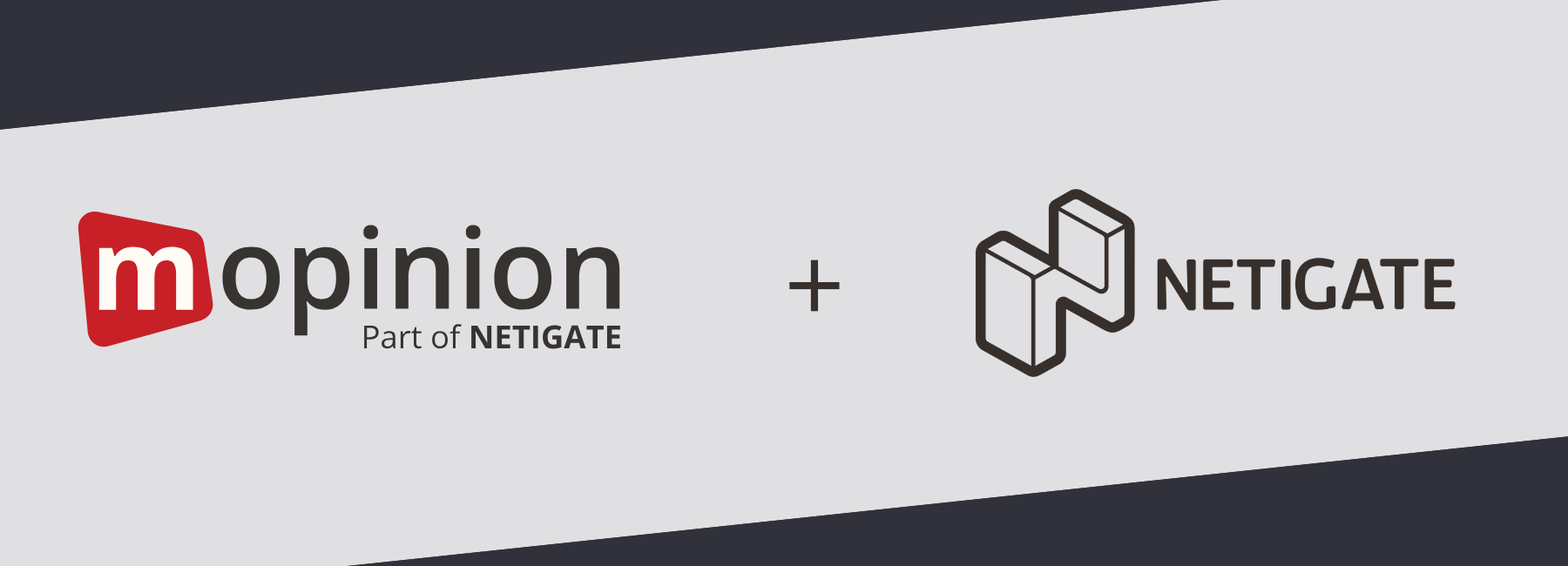Imagine being able to see your business through your customers’ eyes. Picture a tool that not only reveals every interaction your customers have with your brand but also dives deep into their emotional journey from the first moment they encounter your product to their continued loyalty and advocacy. That is the power of a Customer Experience Map.
This blog post will address the following regarding CX maps:
- What is a customer experience map?
- The difference between a customer experience map and a customer journey map
- Benefits of a customer experience map
- Creating a killer customer experience map in 9 simple steps
What is a Customer Experience Map?
A customer experience map (or CX map) is more than just a visual representation; it’s a comprehensive narrative that captures the essence of your customers’ journey with your business. From the initial spark of awareness to the crucial stages of consideration and purchasing, a CX map helps you understand and analyse the experience from your customers’ perspectives.
A customer experience map often includes these key stages:
- Awareness: this is when the customer first becomes introduced to the product or service you offer.
- Consideration: when the customer evaluates where the product or service meets their needs.
- Purchase: when the customer finally decides to purchase.
- Use: this stage illustrates how the customer interacts with your product or service after they’ve bought it.
- Support: any support the customer may require post-purchase.
- Loyalty: how likely the customer is to become a repeat customer.

Within each stage, the map may detail specific touchpoints, such as website visits, social media interactions, customer service calls, or in-store experiences. It may also include emotional states, pain points, and opportunities for improvement at each touchpoint.
Customer experience map vs customer journey map
While these two may seem very much alike and are often used interchangeably, they actually have quite distinct focuses and purposes. While customer experience maps are very much focused on the emotions and struggles of customers, customer journey maps are – in a sense – more operational. They look at different journey sequences and tasks the customer hopes to achieve.
Let’s take a closer look.
Characteristics of a customer experience map
- Deeper look at behavioural and emotional insights. In addition to customer interactions recorded in journey maps, a customer experience map also envelops behavioural and emotional aspects of the CX across multiple touchpoints. This is measured from the initial stages of awareness all the way through to purchasing and post-purchase loyalty and engagement.
- Conducted across multiple channels. CX mapping is done using a variety of channels including websites, social media, customer service and even in-store. This helps organisations get a better understanding of their customers and how they interact with the brand as a whole.
- Uncovering pain points and improvement opportunities. Customer experience maps are intended to show you where your customers’ pain points lie.
Characteristics of a customer journey map
- Focused on specific sequences of interactions. Customer journey maps are more heavily focused on journey stages rather than the overall experience of the customer. They help visualise the process or steps taken by the customer to achieve their goal.
- More operational insights. These types of maps give perspective on the operational side of the journey. For example, usability, support interactions or even a transaction. The goal here is to identify how to improve the journey and boost conversion.
- Focused on tasks performed. With goals and motivation in mind, the organisation uses customer journey maps to get a better understanding of how the customer interacts with the brand to reach their goals.
As you can see, while both types of maps exist to help improve the customer experience, they differ a lot in focus and levels of detail. And perhaps this clarifies the fact that customer journey maps fall under the umbrella of customer experience maps.
So now that you understand the difference between the two, let’s take a look at the benefits customer experience maps offer you and your organisation.
Benefits of using a customer experience map
Customer experience maps serve up a lot of benefits to organisations that use them effectively. Not only do they provide you with a holistic view of the customer experience which is ideal for making overarching decisions, but these maps also give you insight into the emotion behind customer behaviour.
If we were to line up all of the advantages to using CX maps, it might look something like this:
- Provides a holistic view needed to make overarching decisions
- Helps factor in emotion to keep up loyalty
- Helps you maintain a step-by-step process for practical improvements
- Creates a customer-involved process that ties in all useful insights
Ready to create your own customer experience map? Let’s dive into the step-by-step process and discover how this powerful tool can transform your business by keeping your customers at the heart of every decision.
How to create a killer customer experience map in 9 steps
Before we get started, it’s important to note that creating a customer experience map is a multifaceted process. It varies from business to business, and depends entirely on your goals as an organisation. Let’s take a look.
Step 1: Define your goals
First things first, know why you’re creating your customer experience map. Are you looking to improve your customer service? Want to boost sales? Is it loyalty levels you’re after? Clarify your goals beforehand so you have a clear direction.
Step 2: Identify your personas
Then it’s time to flesh out your personas. What is your ideal customer? Give them a name, job title, likes, dislikes, and even a backstory. The more detailed, the better!
Step 3: List your touchpoints
Identify your touchpoints, both on and offline. Touchpoints are essentially all of the places where your customer interacts with your business. Customers often interact with your website, social media channels, physical store (if you have one), customer support team, etc.
Step 4: Gather insights
Now you need to do some detective work. Gather data from your customer feedback tool and web analytics tools. This will help you learn more about what your customers are thinking and feeling at each touchpoint.

Step 5: Map it out
Grab a digital mapping tool like Lucidchart or Miro and start mapping out the journey from start to finish. Mark each touchpoint and note the emotions and thoughts your customers might have.
Step 6: Identify pain points
Look for any areas where the customer experience might be lacking. For example, maybe the checkout process is too complicated, or perhaps customer service response times are too slow. Try to highlight these pain points.
Step 7: Implement changes
Take your findings and put them into action. Whether that’s updating your processes or tweaking certain parts of your website. Whatever it takes to make the experience smoother and more enjoyable for your customers.
Step 8: Monitor and update
A customer experience map is an ever-changing tool. Keep an eye on your changes and collect new data to see how those changes affect your CX. Update the map regularly to ensure it remains relevant.
Step 9: Gather feedback continuously
And perhaps one of the most critical steps in the process: ask your customers for user feedback on the changes you’ve made. And do this continuously. They’ll appreciate that you’re listening to them, and you’ll gain valuable insights to make further improvements. Learn more about customer experience surveys here.
Want to learn more about how to create an effective feedback strategy? Check out this post.
And there you have it, an extensive 9 step process for creating your CX map.
Start mapping your CX, using the right tools!
So now that you have your groundwork covered, what’s next? It’s time to find the right CX solutions for your toolkit so that you can bring your CX maps to fruition. Check out this selection of Customer Experience Solutions and see which works best for you.
Good luck!
Ready to see Mopinion in action?
Want to learn more about Mopinion’s all-in-1 user feedback platform? Don’t be shy and take our software for a spin! Do you prefer it a bit more personal? Just book a demo. One of our feedback pro’s will guide you through the software and answer any questions you may have.






